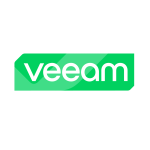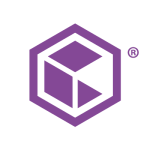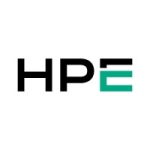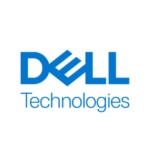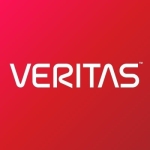One of the most valuable features is the restore functionality that they offer.
They are really ahead of the curve concerning development and telling it to the market. We are a partner, and we know that sometimes a certain technology about which they have been telling a broad audience is not really production-ready, or it is in a feature release. There is always a difference between general availability and general deployment. Sometimes, we sell the feature, but it is not in the GA. It is in one of the future versions. That's one thing.
The other thing is that they lack visibility. When talking about backup, the first thing that everybody says is Veeam. If you are talking about the appliance part of the backup market, Rubrik is the first one they're mentioning, but a lot of the Rubrik customers don't know Cohesity.
I would like to see the management of multiple nodes inside a tenant. If you want to manage a Cohesity environment, you either go on a per-node base, and you can hop from one node to the other, or you need to implement their SaaS capability but it always needs an internet connection. We would really like to have some kind of local management entity so that we can see all the Cohesity nodes in a customer environment and manage those nodes centrally. That's something that we would really like, and they are really working on it.
I have been working with them for the past two and a half years.
It is very scalable, and the nice thing is that you can use it in combination. You can use it as a backup solution, but you can also use it as a file system solution with NAS capabilities.
They're really good. A technical support guy can be a co-owner of a case. They are very good at connecting with the customer. The tools they provide to solve problems are very useful.
We also use Commvault. We see Commvault more as the Swiss army knife for backup solutions with a lot of features and functions. When we want to make backup more easy and robust, then we're positioning Cohesity. We see that one part of the market really likes the Commvault features and functionality, but there is another part in the Dutch market that says, "I don't want all that complexity. I just want it set and go," and that's when we're positioning Cohesity.
It has reasonable pricing, and we know they can give discounts. If you look at the primary pricing or the list pricing, it conforms to the market pricing, but you have to have a discount on it. Otherwise, it is way too expensive.
You have to get the network right. The network stuff is really important for Cohesity, but we see that its implementations are way simpler than, for instance, Commvault implementations. For all the features, follow the documentation. There is a really good setup guide with some fill-in forms that you can use to get all the details you need, and if possible, consult a partner just to know all the functionality that Cohesity is offering. We sometimes see that people buy a Cohesity appliance, and they're just setting it up rudimentary for backup. When we come in and talk to the customer, we say, "Hey, this is also a feature. You can also use this. Have you looked at this part?" So, it is feature-rich, and you need to consult a partner to get to know the product better.
I would rate it a nine out of 10. It is a real robust product.




